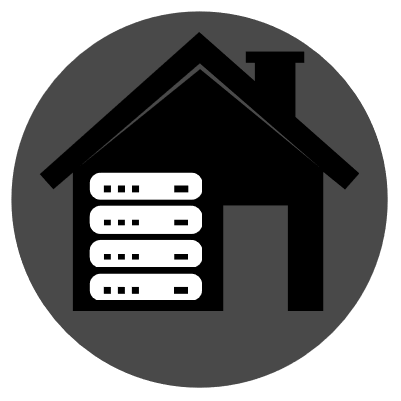

I use pulsar edit, the successor to atom. Also on the terminal, have a look at glow.
I run this server


I use pulsar edit, the successor to atom. Also on the terminal, have a look at glow.


First off, backups of the configs any user data that you can’t torrent should the inevitable happen.
Then set time aside to do updates, I spend Wednesday evenings updating and improving my setup.
Then find a way to track update announcements, I use both an RSS reader and newrealeases.io to know when something I run gets an update
What I can tell you, working for a company hosting data for the UK NHS.
Is that hosting is easy, I have a very reliable homelab. I keep things up to date and make sure to secure things the best I can.
But security is hard, there are many things to secure. Blind spots you didn’t even know you had.
The bast way to look at security, it to start with secure and dial things back so that it works.


With let’s encrypt and DNS APIs, theres no excuse not to have a real certificate!
More so if you want to have that service interacte with other systems not your own


Yes you can use lemmy apps to access a self hosted instance, but you will need a real certificate for that to work.
A quick check of Lemmy.rip show it has a self signed certificate, thats not going to allow you to access it easily and my even stop federation from working.
You should be able to get a lets encrypt certificate very easily.


I have my home assistant check and also my nagios, better safe then sorry


Or a git repo and ansible/semaphore, thats how I manage my docker services. I have a git repo with all my configs and compose files (not in github, but my own server), then in semaphore I have a playbook to update a compose or swarm stack.


What you have missed is the ability to run what ever you need, self hosting is more then just backups and sync.
Some self hosting to self reliant, nextcloud can do way more then just file sync. For example I use it for calendar and contact sync, photo and file backup from my phone, an office suit, RSS server.


I have time on a Wednesday to run updates on all the things, I also have notifications about changes to software I run.


Your very welcome


I see, my guess is that the path is in an nginx file somewhere. Could be the fpm config, but unlikely.
Nextcloud will look in the root of the nextcloud install for config/config.php
So unless you have been hacking the code, I think it’s nginx config


I can see the error log file, that has a very odd path in it. How are you running php?
Apache module or fpm?


Can you give a screenshot of the error?


Did you update the nginx config to point to the new location?
Does the user that runs nginx/PHP have write permissions to the new location?


Would concur, that was the only thing I could find.


I would say that for just file sync nextcloud is over kill, but I have invested a lot of time into getting my nextcloud install rock solid. Upgrades are painless and am about to move it to a new host.
So use it for file sync, including backups from things. Calendar & contact sync, RSS reader, kanboard, photo sync and more.


can recommend Nextcloud, we have used it as we cant move PID outside of the UK. Also there is a Nextcloud all in one setup that will get you a fully working Files/Office/whiteboard suite


I do this too, with Pi Hole as well.


I can recomment OVH for domains and DNS hosting, I use them and have not had any issues setting up custom DNS records. Also they have an API that will allow you to get certificates with certbot and lets encrypt, even a wildcard.
Oh, not sure where I got glow from. Will have a look.
Pulsar is a fork of atom and is in active development, it can still be a little slow sometimes. But is now getting updates to make it run better
Edit: this https://github.com/charmbracelet/glow